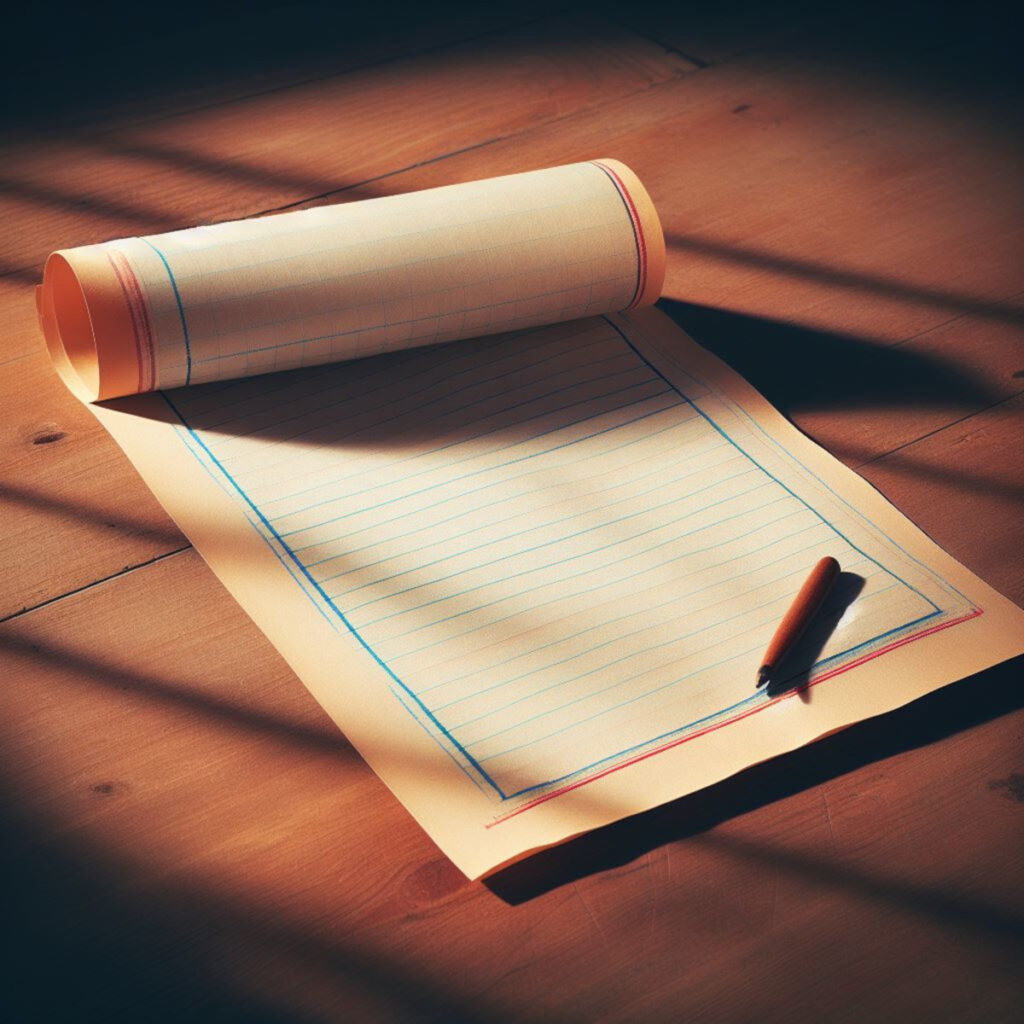While growing up, there was something almost magical about the sensation of paper beneath my fingertips. Whether it was the crisp pages of a new book or the textured surface of a hand-written letter, the paper was more than just a medium—it was a repository of memories, dreams, and aspirations.
As I pen this article for esiefektivs.lv, I find myself on a poignant voyage, tracing this humble material’s past, present, and future. Just as technology has reshaped our world, it beckons paper changes too.
Yet, can these futuristic contenders truly replace the charm of our age-old parchment? Let’s embark on this exploration together, weighing each contender’s emotional and practical aspects.

Digitalization: The foremost challenger
Instead of the rustling newspaper that accompanied my coffee years ago, today, the gentle hum of a tablet brings me the morning news. As screens replace sheets, the realm of digitalization stands as a formidable opponent to traditional paper. But does efficiency outweigh the tactile nostalgia?
- E-documents: From PDFs to Word documents, the convenience of storing, sharing, and editing has made e-documents ubiquitous in office spaces.
- E-books: For avid readers, e-readers like Kindle store thousands of books in one portable device.
- E-cards: With the advent of e-cards, even the warmth of greeting cards has found a digital expression.
While digitalization offers great convenience, it lacks the tangible warmth and nostalgia associated with paper. Reading a physical book or receiving a hand-written paper gift card brings an emotional connection that digital formats may struggle to replicate.

Sustainable alternatives: Eco-friendly contenders
Years ago, a trip to a serene woodland left an indelible mark on my soul. Witnessing the sprawling expanse of trees, I pondered—how many of them meet their fate to satiate our paper needs? This memory drives my intrigue toward sustainable options that echo nature’s cry for preservation.
- Hemp paper: Hemp grows faster than trees, uses less water, and its paper is more durable and recyclable than tree paper.
- Stone paper: Made from calcium carbonate, this paper uses no water or trees and is tear-resistant and waterproof.
- Mushroom mycelium boards: A potential contender for paperboard, this fungal product is biodegradable, durable, and can be grown into specific shapes, hinting at a novel approach to using cardboard.
These alternatives provide exciting prospects for sustainable paper usage. They address environmental concerns and introduce unique qualities not found in traditional paper or paperboard.
Wearable tech and augmented reality (AR)
Being a sci-fi enthusiast, I’ve often been captivated by the idea of a future where data floats before our eyes, merging the digital with the tangible. It’s both thrilling and unnerving to realize that augmented reality isn’t a distant dream anymore but a contemporary challenger to paper.
- Smart glasses: With technology like Google Glass, information can be superimposed onto our real-world view, eliminating the need for physical or digital screens.
- AR applications: Imagine pointing your phone at an empty table and reading a digital magazine or a document. With the help of AR, this is becoming a reality.
While still in nascent stages, AR and wearable tech have the potential to redefine content consumption. They promise an immersive experience but may need help achieving the simplicity and comfort of holding a paper document.
Trends: Reimagining paper’s role
Walking by a quaint bookstore, I chanced upon a paper art exhibit that juxtaposed the old with the new. Such trends make me wonder: In a digital age, are we inadvertently rekindling our romance with the tactile richness of paper?
- Interactive paper: Combining digital and physical, interactive paper allows for touch-sensitive reactions, from playing music to displaying digital information.
- Artistic expressions: Artists globally are reimagining the use of paper, from intricate paper sculptures to 3D installations, cementing its place in our culture.
These trends suggest that while alternatives may emerge, the paper’s role might not diminish but evolve. It may transform from a recording medium to an interactive and artistic tool.
Conclusion
For the loyal readers of esiefektivs.lv, the paper has a special place in our hearts. Whether it’s the rustle of a new page or the craftsmanship of a cardboard display, paper brings an intangible magic.
While the future promises intriguing alternatives, the essence of paper, with its history, emotions, and versatility, will forever remain unmatched. As we embrace what lies ahead, let’s also cherish the legacy of this timeless companion. Check out some gift cards and some info about getting a loan.

